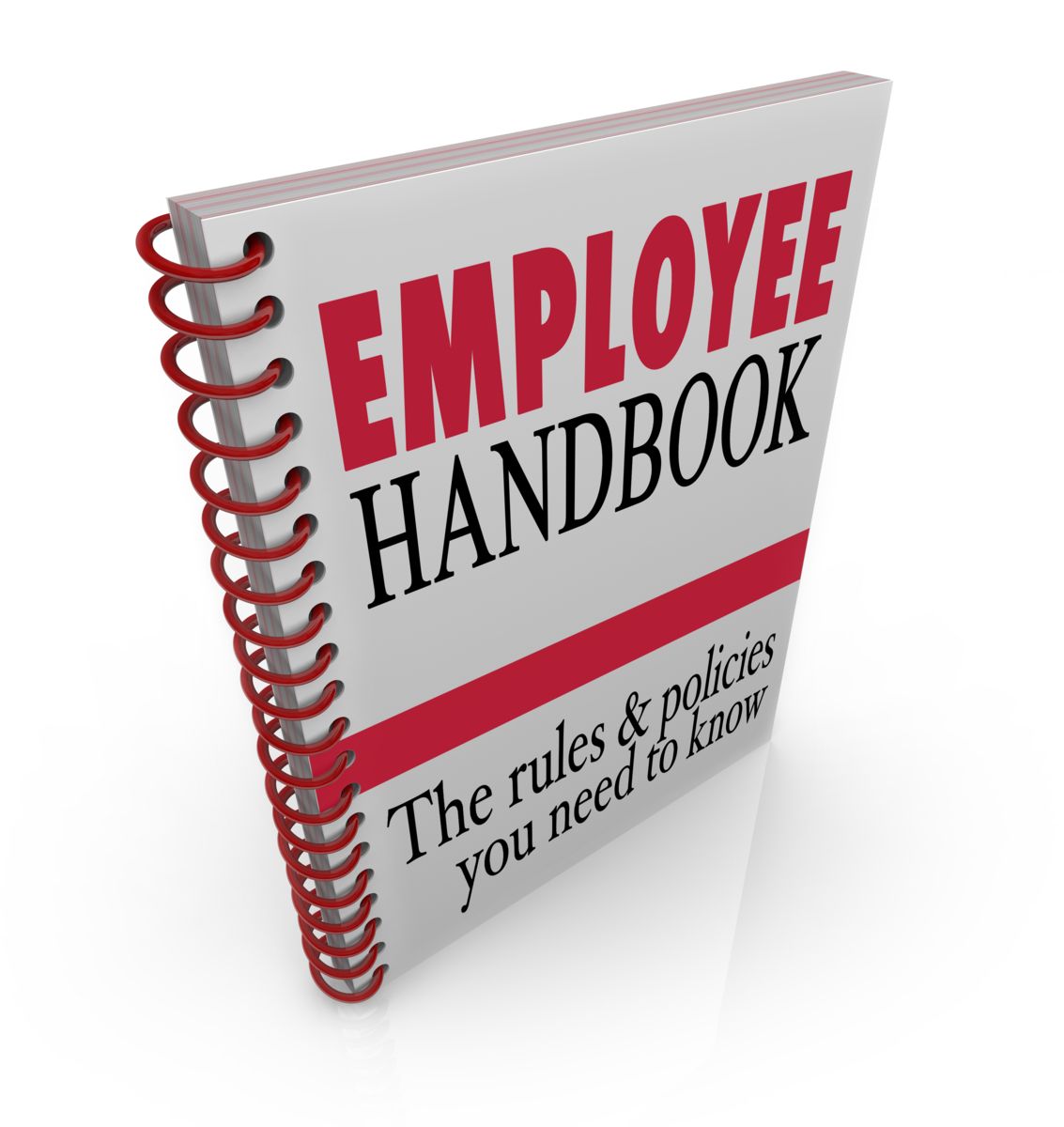Blog
Employee Handbooks: Benefits and Risks
It has become a common practice for employers to regularly distribute an "employee handbook” or "employment manual" (hereinafter "handbook”). Handbooks typically summarize compensation plans and insurance coverage; set forth disciplinary rules and processes; and explain how an employee earns vacation, sick time, or paid time off. However, no state or federal law requires an employer to have a handbook. The question most often asked of employment lawyers and human resource specialists are: should my company have one and, if it does, what does it do in the event the employment relationship takes a wrong turn? For most employers with enough employees to justify the time and expense of putting together a handbook, it is beneficial when both sides of the employment relationship have a mutual understanding of benefits and expectations. A well-conceived and drafted handbook can avoid unintended problems, and even lawsuits. So, what can be the downside?
Most Connecticut employees are considered to be employed "at will,” meaning they can leave their employment at any time, for any reason, or can be terminated by their employer at any time for any reason, provided it is not a pretext to discrimination or violation of law. However, exceptions to the "at will" rule exist. One such exception is an employee hired pursuant to a written contract. A second was created by the Connecticut Supreme Court in the late 1970s when it held that representations made in an employee handbook can change the "at will" nature of employment and create a "quasi-contract". Since then, courts in Connecticut (as well as virtually all other states) have been willing to find that handbooks can give rise to contractual obligations provided that the employer intended to be bound by those written representations.
How then does an employer avoid that result? As with any document distributed to employees, the handbook should be reviewed, if not drafted, by an experienced and knowledgeable employment lawyer. The primary reason for legal guidance is to ensure that the handbook does not contain language which could be interpreted to create any expectations of guaranteed employment, specific benefits, or future advancement. The most common and effective way to avoid any such claims is to set forth a "disclaimer" that clearly and unequivocally states that representations made in the handbook are not intended to change the “at will” nature of employment or create any contractual terms upon which an employee can rely. In order for the disclaimer to be effective, it has to be unambiguous and prominently displayed. Well-drafted disclaimers are usually in a large font and highlighted in bold. It is also wise for the employer to obtain an acknowledgment of receipt, not only of the handbook but of the disclaimer, to avoid a future argument that the employee had neither the opportunity nor time to review and inquire about the handbook's contents or the impact of any disclaimer.
Connecticut courts have also held that continued employment is not enough to bind existing employees to subsequent modifications and changes to the handbook without a written expression of their acceptance. Therefore, an employer would be wise to get its employees to acknowledge receipt and acceptance of all written modifications to their handbook. All signed disclaimers and acknowledgements of receipt should be maintained in each employee's personnel file as well.
These potential pitfalls can be accommodated with foresight and proper drafting, so employers should not overlook the many benefits of having a handbook. These include the opportunity to summarize the company's mission and history, set forth policies in favor of equal opportunity and against discrimination, and clarify the process of employee discipline. In addition, a handbook can and should be used to provide legally sufficient notices regarding the employer's right to monitor electronic communications, retain company property (including intellectual property) at the time of separation from employment, and, when appropriate, conduct drug testing. Savvy employers can also use a handbook to obtain authorization to perform credit and background checks on employees after obtaining their written consent. From the employee's perspective, the handbook is a ready reference and resource for contact information regarding retirement or insurance benefits, as well as a summary of the employer's expectations on behavior and commitment.
It is up to the individual employer as to whether a handbook is appropriate. If so, the subject matter and scope should be considered before drafting. Counsel's input is imperative given the shifting sands of the law of employer-employee relations. When properly considered, drafted, and applied, a handbook can avoid disputes and legal claims related to illegal, inconsistent or discriminatory practices.
If you need legal counsel relating to an employee handbook, or any employment law issues, give us a call at 860-646-1974.
